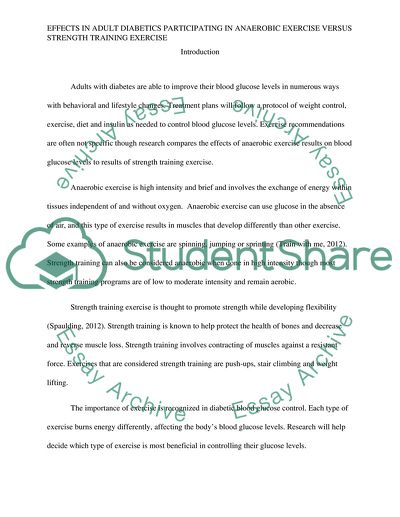Cite this document
(“Effects in Adult Diabetics Participating in Anaerobic Exercise versus Annotated Bibliography”, n.d.)
Effects in Adult Diabetics Participating in Anaerobic Exercise versus Annotated Bibliography. Retrieved from https://studentshare.org/sports-and-recreation/1785715-what-is-the-effect-on-sugar-levels-in-adult-diabetics-participating-in-regular-anaerobic-exercise-versus-strength-training-exercise
Effects in Adult Diabetics Participating in Anaerobic Exercise versus Annotated Bibliography. Retrieved from https://studentshare.org/sports-and-recreation/1785715-what-is-the-effect-on-sugar-levels-in-adult-diabetics-participating-in-regular-anaerobic-exercise-versus-strength-training-exercise
(Effects in Adult Diabetics Participating in Anaerobic Exercise Versus Annotated Bibliography)
Effects in Adult Diabetics Participating in Anaerobic Exercise Versus Annotated Bibliography. https://studentshare.org/sports-and-recreation/1785715-what-is-the-effect-on-sugar-levels-in-adult-diabetics-participating-in-regular-anaerobic-exercise-versus-strength-training-exercise.
Effects in Adult Diabetics Participating in Anaerobic Exercise Versus Annotated Bibliography. https://studentshare.org/sports-and-recreation/1785715-what-is-the-effect-on-sugar-levels-in-adult-diabetics-participating-in-regular-anaerobic-exercise-versus-strength-training-exercise.
“Effects in Adult Diabetics Participating in Anaerobic Exercise Versus Annotated Bibliography”, n.d. https://studentshare.org/sports-and-recreation/1785715-what-is-the-effect-on-sugar-levels-in-adult-diabetics-participating-in-regular-anaerobic-exercise-versus-strength-training-exercise.


